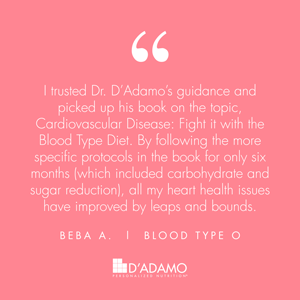Adam Felman
February, 2018
Heart disease is a term covering any disorder of the heart.
Unlike cardiovascular disease, which describes problems with the blood vessels and circulatory system as well as the heart, heart disease refers to issues and deformities in the heart itself.
According to the Centers for Disease Control (CDC), heart disease is the leading cause of death in the United Kingdom, United States, Canada, and Australia. One in every four deaths in the U.S. occurs as a result of heart disease.
There are many types of heart disease that affect different parts of the organ and occur in different ways.
Congenital heart disease
This is a general term for some deformities of the heart that have been present since birth. Examples include:
- Septal defects: There is a hole between the two chambers of the heart.
- Obstruction defects: The flow of blood through various chambers of the heart is partially or totally blocked.
- Cyanotic heart disease: A defect in the heart causes a shortage of oxygen around the body.
Arrhythmia
Arrhythmia is an irregular heartbeat.
There are several ways in which a heartbeat can lose its regular rhythm. These include:
- tachycardia, when the heart beats too fast
- bradycardia, when the heart beats too slowly
- premature ventricular contractions, or additional, abnormal beats
- fibrillation, when the heartbeat is irregular
Arrhythmias occur when the electrical impulses in the heart that coordinate the heartbeat do not work properly. These make the heart beat in a way it should not, whether that be too fast, too slowly, or too erratically.
Irregular heartbeats are common, and all people experience them. They feel like a fluttering or a racing heart. However, when they change too much or occur because of a damaged or weak heart, they need to be taken more seriously and treated.
Arrhythmias can become fatal.
Coronary artery disease
The coronary arteries supply the heart muscle with nutrients and oxygen by circulating blood.
Coronary arteries can become diseased or damaged, usually because of plaque deposits that contain cholesterol. Plaque buildup narrows the coronary arteries, and this causes the heart to receive less oxygen and nutrients.
Dilated cardiomyopathy
The heart chambers become dilated as a result of heart muscle weakness and cannot pump blood properly. The most common reason is that not enough oxygen reaches the heart muscle, due to coronary artery disease. This usually affects the left ventricle.










